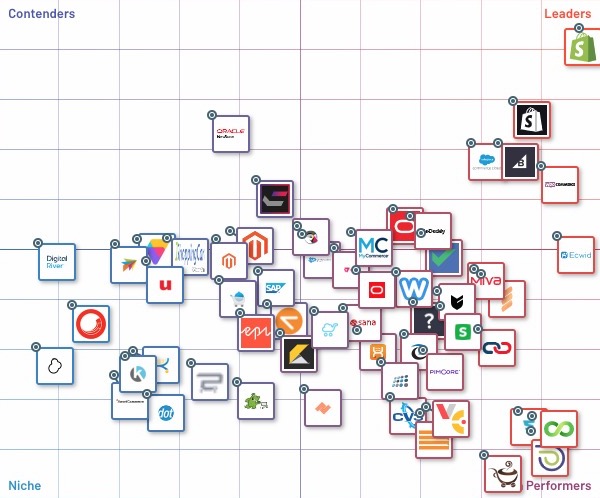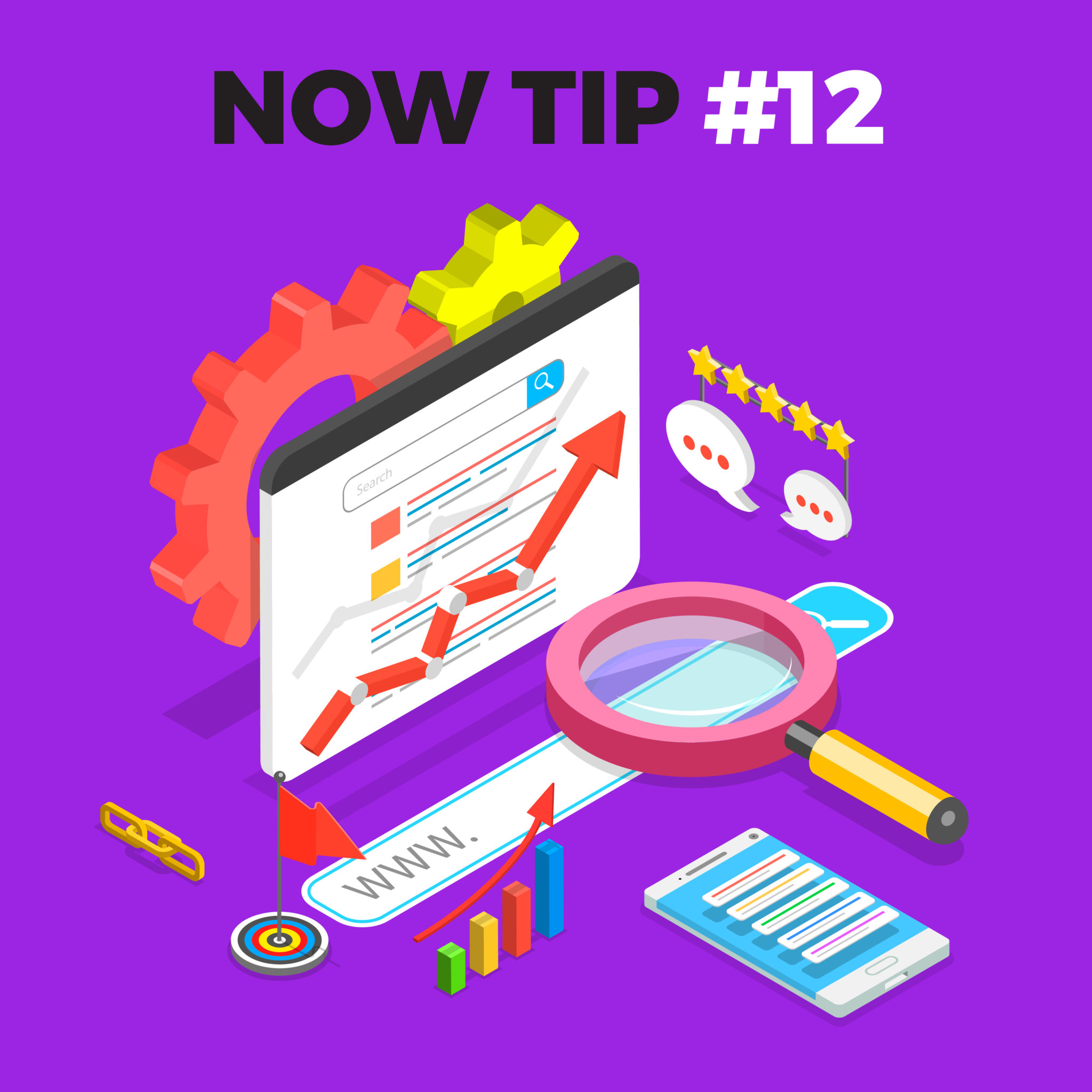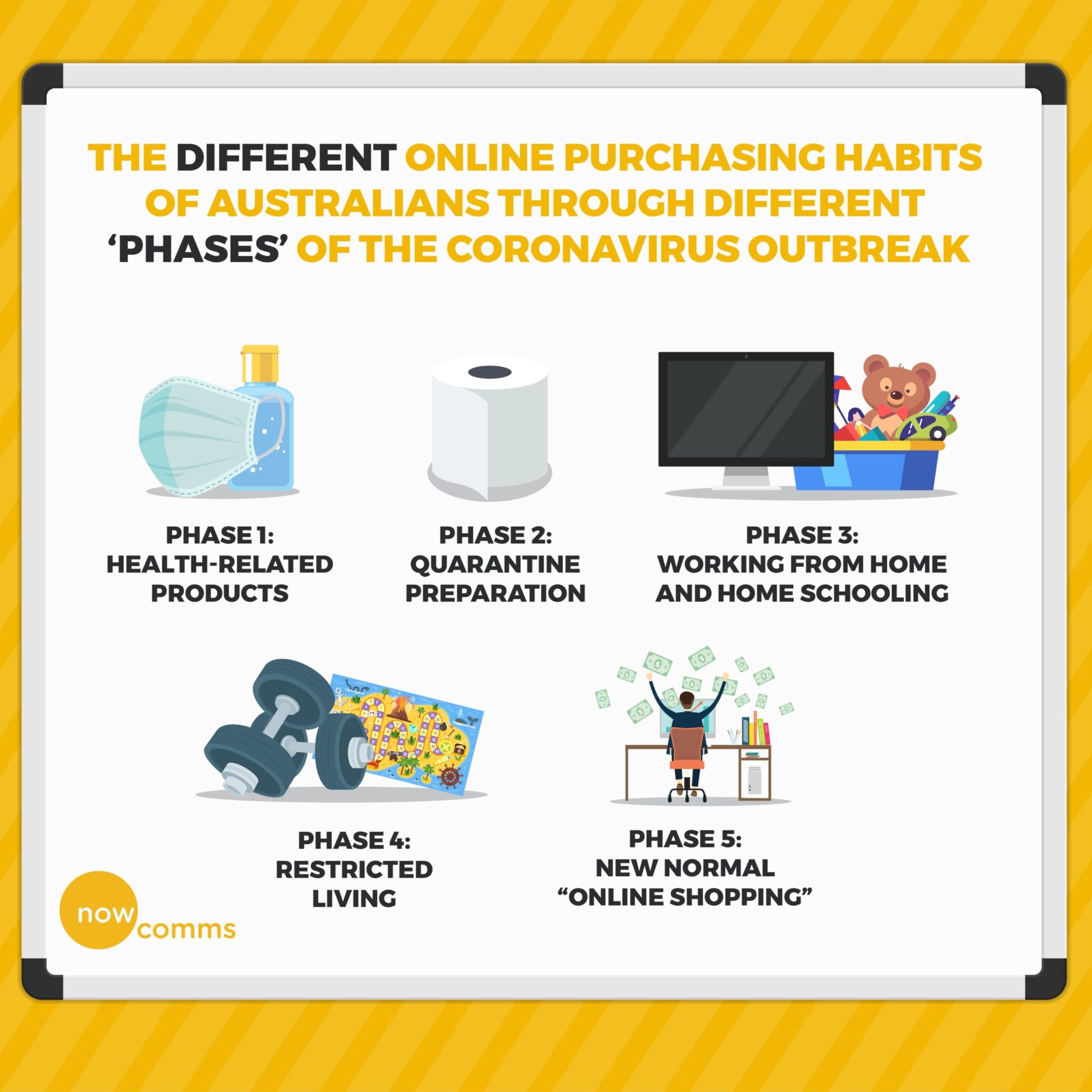Seven simple questions to ask yourself before jumping in and replace Magento with Shopify as your online retail platform.
Or, in other terms, what problem are you trying to solve by migrating to Shopify? Are you looking to reduce overall costs? Do you want the ability to deploy new features more rapidly? Are you looking to become less reliant on your development partner and in-house more tasks?
By being really clear on what business problem you’re trying to solve you will be able to evaluate the potential benefits more clearly.
At the moment Shopify is definitely the popular choice for Digital Commerce platforms. It’s market share, especially among small to medium businesses is streaks ahead of the competition. That doesn’t necessarily mean it’s the right choice for every business, Shopify does have it’s limitations. If your business is far from the usual pure-play or bricks n’ clicks operation and you’ve developed a highly customised platform to meet your unique customer and business needs then Shopify mightn’t be the right fit, at least not right now.

Shopify is easy to get up and trading on but there’s virtually no customisation you can do on the checkout. So, before kicking off a migration project it’s important to do a detailed investigation of how you’ll meet all your ecommerce platform requirements working within the Shopify environment.
Shopify offer five plans, each with a (slightly) different set of features, monthly subscription fee and transaction charges. As the features don’t vary dramatically between the plans the best approach is to start low and upgrade as your business grows.
A good approach is to look at your current sales volumes then calculate which plan offers the best value when combining the flat monthly fee and transaction charges. As your business scales the more expensive monthly subscription fees will be offset by the cheaper transaction charges.
Once you’re certain moving to Shopify is the right choice and have settled on a plan you need to decide when to cut across. If the benefits of moving are clear then the sooner you make the move the sooner you can realise those benefits. With that said, cutting over during the middle of a sale or peak season probably isn’t the right time. If something goes wrong you want to minimise the number of customers you inconvenience.
With that said you might be tempted to cut over in the wee hours of the morning, say 2am, when your site traffic is lowest. This is fine as long as you, your operations and customer service team are all willing to be up and on standby to monitor and address any problems as they arise. It’s no point waking up one poor soul to push the button if, should you need to rollback and contact customers, nothing can be fixed until 9am when people start rocking up to the office.
You should also give your customers a heads up about the move. Get them excited about the new improved experience they’ll soon be enjoying.
Re-platforming is more than throwing a few developers and maybe a designer at project and then sending whatever they produce live. If you’ve had your Magento site for a while and your business has seen some turnover on staff there’s likely logic and business rules built into the system that your development team aren’t aware of. It’s also possible that there’s processes in the current system that are causing headaches for parts of your business.
Re-platforming is a good time to look at your processes and see what needs to be kept and what can be improved. To do this you need input from all areas of your business. Finance might be struggling with the data Magento is sending their ERP, the warehouse might be actioning tasks manually that could be streamlined or automated. Marketing may be spending hours pulling together data and producing reports that could be setup on a dashboard.
The team migrating the site is less than half the picture, it’s a business-wide effort that’s needed to get the requirements right before handing off to the development team.
Only you can answer this one. Start with what Magento currently integrates with, then see what else might need to be connected. Then check if all of need are needed. Are there any that can be removed or consolidated?
Another factor in integration is ensuring data is kept fresh enough. Taking orders all week for a product that sold out days ago is going to cause a lot of manual work for your team refunding and upset a number of customers.
This is an important question but it should sit along two other, equally important questions:
If you're thinking about a move to Shopify and want to talk through some of the questions above get in touch today. Digital Mavens can help guide your business through your Digital Commerce migration.


